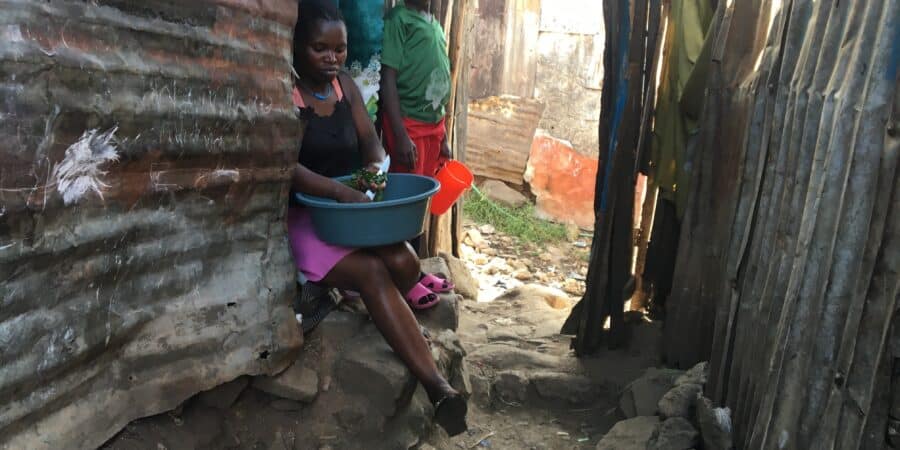In many rural and underserved parts of Africa, access to traditional banking is not just inconvenient—it’s nonexistent. While many of us take checking accounts, ATMs, and loan applications for granted, millions live beyond the reach of formal financial systems. This financial exclusion doesn’t just limit personal growth—it stifles entire communities.
The Reality of Financial Deserts
In urban centers, banks are abundant. But in remote villages, residents often have no access to financial institutions for savings, loans, or credit. These areas, sometimes called “financial deserts,” force people to rely on informal and often unreliable systems such as loan sharks or family borrowing.
Without formal financial tools:
- Small business ideas go unfunded.
- Emergencies become crises.
- Education is postponed or canceled.
- Farming seasons are missed due to lack of capital.
The Cost of Being “Unbanked”
When a family can’t secure a small loan to invest in seeds, livestock, or a small trade, they lose the opportunity to grow financially. Instead of building sustainable income, they remain trapped in a cycle of subsistence and survival.
The lack of financial infrastructure also:
- Increases vulnerability to exploitation
- Prevents people from building credit
- Makes saving difficult, especially safely
- Blocks access to insurance or mobile payments
The Power of Microfinance: A Community Solution
This is where microfinance becomes not just a tool—but a lifeline. Programs like those offered by Microfinancing Partners in Africa (MPA) provide small loans, savings training, and economic empowerment tailored to the realities of rural life.
Unlike traditional banks, microfinance programs:
- Are built around trust and relationships
- Offer group lending models to reduce risk
- Provide financial education alongside loans
- Invest in people’s potential, not just their credit scores
A Ripple Effect of Change
When one woman receives a microloan to buy a cow, she begins selling milk. With that income, she sends her children to school, pays for medical care, and starts saving. When she repays the loan, the funds are recycled to help another family. It’s not just financial aid—it’s sustainable economic development.
Multiply this by hundreds of women in a community, and the result is not just individual progress but community-wide transformation.
Why Infrastructure Still Matters
Microfinance is a powerful interim solution, but the long-term goal is to expand financial infrastructure that serves all people. This means:
- Encouraging mobile banking solutions
- Partnering with government and local banks
- Building awareness and trust in financial services
Until then, organizations like MPA fill the gap—ensuring that where the banks don’t reach, opportunity still does.
Join the mission. Support microfinance programs that reach the unreached and empower lasting change.
Learn more at microfinancingafrica.org

